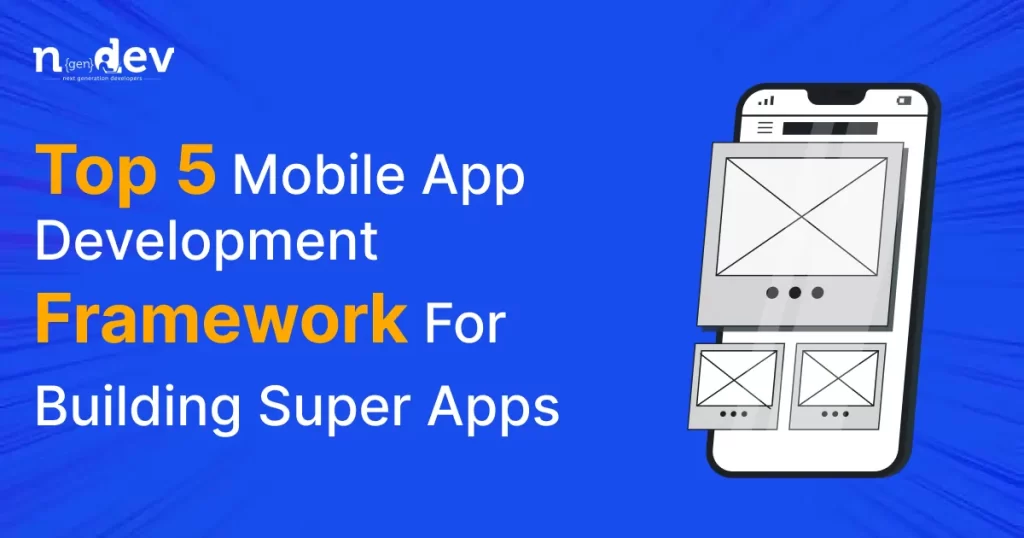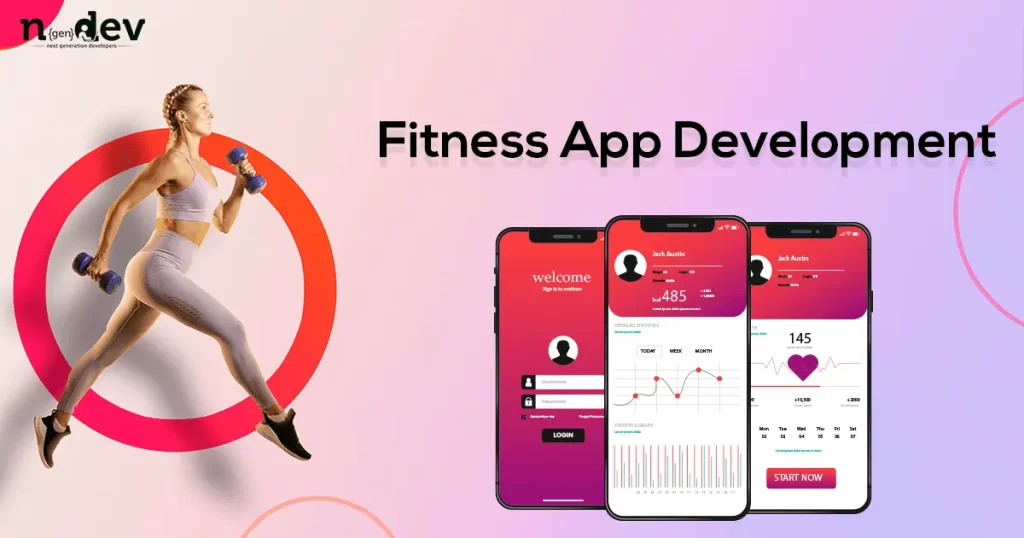Migrating Apps To Android 13
Migrating Apps To Android 13 Harshid Patel Android 13, Android release brings a blend of fresh features and behavioral shifts, aiming to enhance user experience in terms of functionality, security, and performance. While some changes seamlessly integrate with existing apps, others may require adjustments to align with the updated platform. Discover our journey and potential stumbling blocks in the migration process. On this blog, we share how we harnessed Android 13’s novel capabilities. Ensuring Smooth Compatibility with Android 13 Why Compatibility Matters As users eagerly embrace Android 13, they expect their favorite apps to work flawlessly. Ensuring your app’s compatibility isn’t just a choice – it’s a necessity. Changes within the Android platform can impact how your app functions. Early and comprehensive testing allows you to identify and address these issues before they adversely affect user experience. Navigating the Compatibility Landscape Navigating compatibility doesn’t have to be a daunting task. One common concern developers face is whether they need to alter their app’s targetSdkVersion. In most cases, app adjustments can be made without necessarily changing this version. Similarly, there’s usually no requirement to integrate new APIs or modify the compileSdkVersion. However, specific circumstances and the functionality your app employs can influence these considerations. Transitioning with Ease Before diving into testing, familiarize yourself with the behavior changes affecting all apps. Even if you opt to maintain your app’s targetSdkVersion, these changes might still impact your app’s performance. By understanding these nuances, you’re better equipped to tackle any potential challenges that arise during the compatibility assessment. Synonyms for Smooth Integration To ensure a truly seamless transition, take advantage of synonyms for the keyword “Android 13.” Phrases like “latest Android iteration,” “new Android version,” or “Android’s latest release” can be seamlessly integrated into your content. Employing synonyms not only diversifies your vocabulary but also enhances the readability of your piece. Writing for All Audiences In the pursuit of clarity, remember that simpler language often yields better understanding. Overcomplicated terminology can deter even the most tech-savvy individuals. Therefore, strive for a balance between technical precision and user-friendliness. By crafting sentences that an average 11-year-old can comprehend, you ensure your content resonates with a wider audience. Balancing Act: Passive Voice and Varied Sentences While active voice often makes writing more engaging, a strategic use of passive voice can enhance readability. Aim to incorporate passive voice in around 10% of your sentences. This approach adds a pleasant variety, maintaining reader interest throughout your article. Our meticulous planning led us to harness Android 13’s novel capabilities, and through this blog, we share our expedition, illuminating both the voyage and potential stumbling blocks in the migration process. Embrace the future with Android 13 – where evolution meets excellence. Navigating the Android 13 Transition: A Comprehensive Guide 1.Upgrading to Android 13: A Step-by-Step Approach Transitioning your app to Android 13’s new target API level is a critical step. Begin by updating the parameters in your build.gradle file. If your app already adheres to the annual target API level update policy, it likely resides on target SDK 31 (Android 12) or SDK 32 (Android 12 L). For Android 13 support, navigate to your app-level build.gradle and modify the targetSdkVersion and compileSdkVersion to the new target SDK version 33. 2.Handling Media Permissions: A Precise Approach Adapting media permissions for Android 13 involves addressing the android.permission.READ_EXTERNAL_STORAGE. With Android 13, the declaration in your manifest should specify the exact type of media you intend to access – whether it’s READ_MEDIA_IMAGES, READ_MEDIA_VIDEO, or READ_MEDIA_AUDIO. While READ_EXTERNAL_STORAGE still needs declaration for backward compatibility, include the maxSdkVersion property set to SDK level 32. Notably, the previous android.permission.WRITE_EXTERNAL_STORAGE is no longer necessary and can be omitted. An alternative method is leveraging the Android 13 Photo Picker, simplifying media retrieval through the MediaStore.ACTION_PICK_IMAGES intent. Also to read:- Why Custom Mobile App Development is The Right Choice? 3. Navigating Notifications Permissions Android 13’s SDK level introduces changes to notification permissions. To obtain the user’s consent, begin by declaring POST_NOTIFICATIONS in your AndroidManifest.xml you can show below: Requesting permission can be achieved using the Activity Result API. Android 13 handles notifications differently based on the target API level and the app’s installation status. For newly installed apps, notifications are off by default. Depending on the target API level, your app’s control over the permission dialog may vary. 4. Adapting to the Advertising Landscape If you’re utilizing a Google Play Advertising ID, Android 13 necessitates the declaration of com.google.android.gms.permission.AD_ID permission in your AndroidManifest.xml. Even if you’re not directly using the advertising ID, your app’s integrated advertisement SDK might rely on it. However, a framework update might eliminate the need for explicit declaration. 5.Embracing Behavior Changes For apps employing WebViews, Android 13 introduces automatic color theme passing to media queries, offering a consistent user experience. To counteract this, utilize setAlgorithmicDarkeningAllowed() to disable automatic darkening. Battery optimization shifts mean that restart-related events like BOOT_COMPLETED and LOCKED_BOOT_COMPLETED no longer trigger on device launch. Instead, they’re tied to app launch. Standby bucket restrictions apply to apps inactive for 8 days or using excessive broadcasts/bindings, except for those with specific permissions. 6. Grasping API Adjustments APIs like Animator.class and Drawable.class now feature annotations such as @Nullable and @NonNull. Overriding these APIs might necessitate code adaptation to match the new nullability properties. The getSerializableExtra function now requires adding the underlying class directly as an argument for reading Serializable objects, eliminating the need for casting. Conclusion Android 13’s evolution brings both opportunities and challenges for app developers. By following these guidelines, you can ensure a seamless transition and make the most of the new features while maintaining compatibility and user experience. Stay ahead in the app development game by embracing these changes and enhancing your Android 13-powered apps. Get Free consultation and let us know about your custom web and Mobile App project idea Over , we have built 210+ web and mobile apps We can help you with Dedicated Developer delivering high-quality development Custom Mobile App Development Innovative Solution For Startups and Enterprise Contact Us Latest
Migrating Apps To Android 13 Read More »




